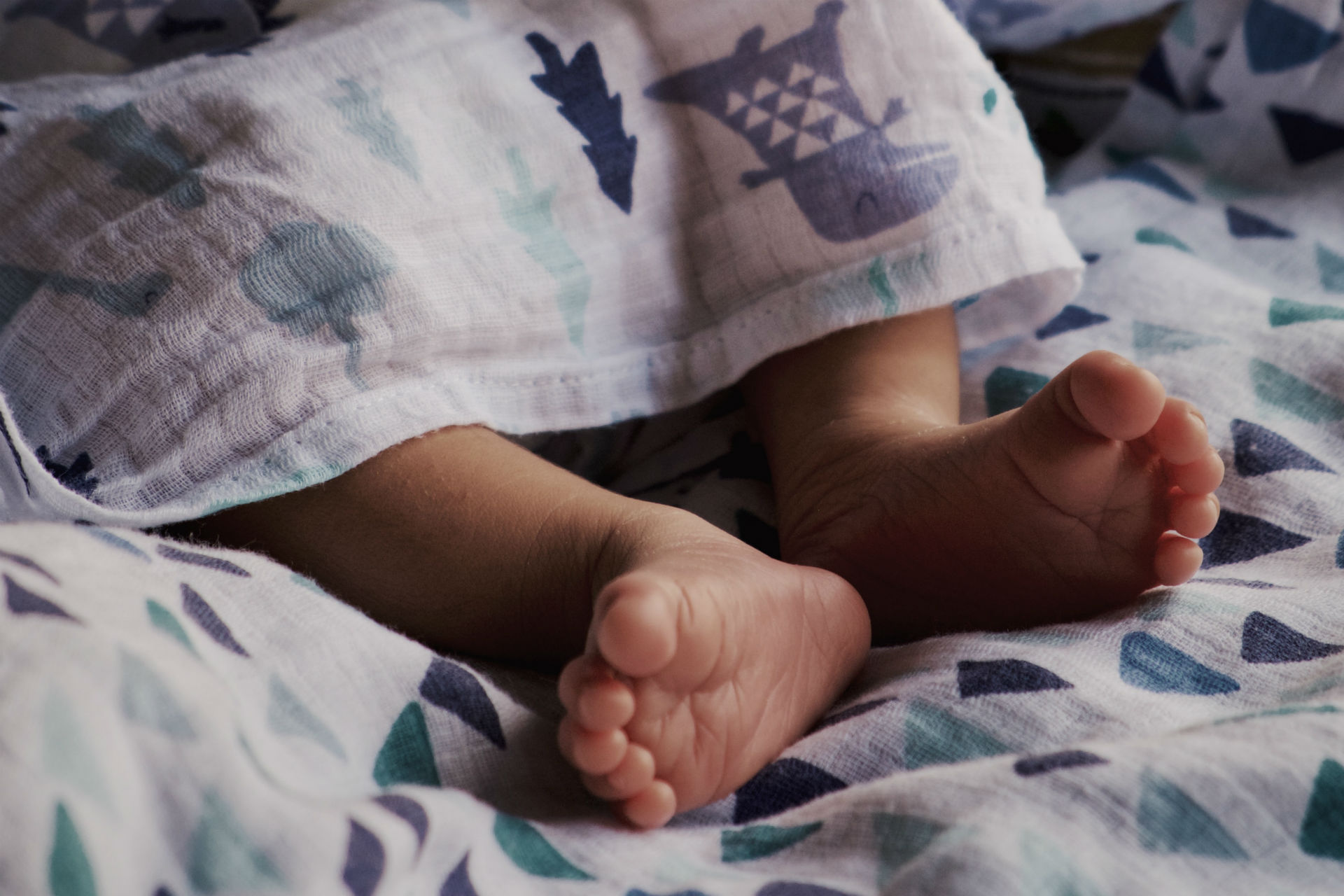How much the thigh bone is displaced from fitting inside the hipbone socket. The goal of treatment is to put the head of the femur back into the socket of the hip so that the hip can develop normally.
Hip Dysplasia Diagnosis And Treatment Mayo Clinic
Most babies will require the harness for between six and 12 weeks and do not appear to be distressed by.

Hip dysplasia treatment newborn. However if your baby is affected the sooner this condition is identified the more likely it is that treatment will be successful. A total of 128 newborns with mild hip dysplasia sonographic inclination angle alpha angle of 43 degrees -49 degrees and stable or instable but not dislocatable hips were randomly assigned to receive either 6 weeks of abduction treatment immediate-treatment group or follow-up alone active-sonographic-surveillance group. At 3 months treatment will be discontinued if the α-angle is 55º or started if α-angle is.
For the controls treatment will be started at age 15 months in cases of persistent dysplasia ie. Closed Reduction under General Anesthesia This is the most common treatment between the ages of 6 and 24 months of age. Late-stage signs of DDH.
The Pavlik harness is effective in over 85 per cent of cases. Treatment of hip dysplasia is best accomplished by recognizing the condition as early as possible so that treatment can be initiated. Quick Concepts are short videos that describe a key physiological or theoretical concept or demonstrate a brief procedureIn this video the viewer will lea.
This device holds the joint in place while the babys skeleton grows and matures. When developmental dysplasia of the hip DDH is suspected in a newborn baby you may simply be advised to return for a review examination in a few weeks. Developmental dysplasia of the hip Diagnosing DDH.
In most babies the hip will become stable by itself by two months as the soft tissues tighten. The main outcome measurement was the acetabular. At regular visits their orthopedic doctor will monitor their hip to ensure it develops normally as they grow.
It will also depend on how severe the condition is. Subsequent x-rays will track the hip joints progress. Babies diagnosed with DDH early in life are usually treated with a fabric splint called a Pavlik harness.
Treatment choices vary for babies. Developmental dysplasia of the hip DDH sometimes referred to as congenital hip dysplasia CDH or clicky hips is a condition where the babys ball and socket hip joint fails to develop fully and doesnt fit snugly together. This variation appears unnecessary and unacceptable as the Getting It Right First Time programme seeks to standardize care pathways.
The charitable sector has called for consensus to mitigate parental anxiety and it has been suggested that this could allow. When identified in the first few months of life often a simple. Your babys hips will be checked as part of the newborn physical examination within 72 hours of being.
Sometimes just by examining a newborn babys hips a dislocated or subluxed hip. For example some cases of hip dysplasia do correct themselves over the first six months of development as the femur and pelvis grow but other cases can take months to years to. Diagnosing and treating any new abnormality early will increase the chance your child will grow up to be active free from hip pain throughout their childhood the teen.
This is because the hip may be unstable at birth in many newborn babies because the tissues are soft and lax. The earlier the condition is identified the earlier in development the hip can be treated and therefore your child can have the best possible chance of restored normal hip development. Any infant treated surgically for hip dysplasia must be followed periodically by an orthopedist until they have reached physical maturity.
This soft flexible harness gently aligns your babys hips while letting their legs move a little. Treatment will depend on your babys symptoms age and general health. A α-angle.
This study quantifies the wide variation in many key elements of the initial treatment of neonatal hip dysplasia in the United Kingdom. This condition affects 1 to 3 of newborns. If Your Newborn Has Hip Dysplasia Pavlik Harness.
Treatment for newborns A baby born with a dislocated hip can be successfully treated with a Pavlik harness. The treatment for babies with hip dysplasia depends on the factors including your babys age and the severity of their condition ie. After most surgical procedures a spica cast is used to keep the hip aligned in the new corrected position while the tissues around the hip joint heal and reform into a proper hip joint.
Like the Pavlik harness this special brace keeps your baby s hip in the proper position so it.